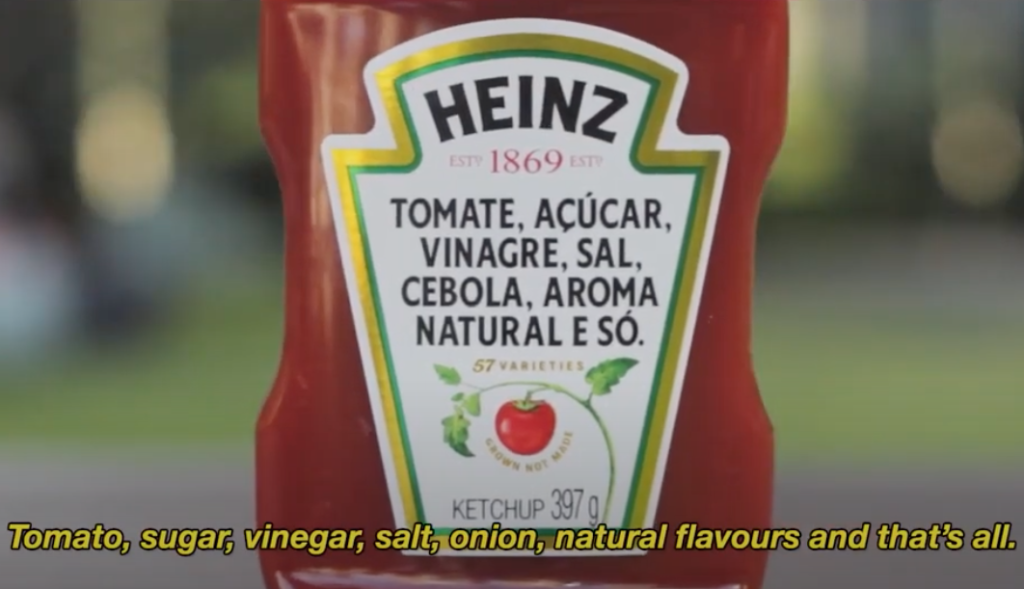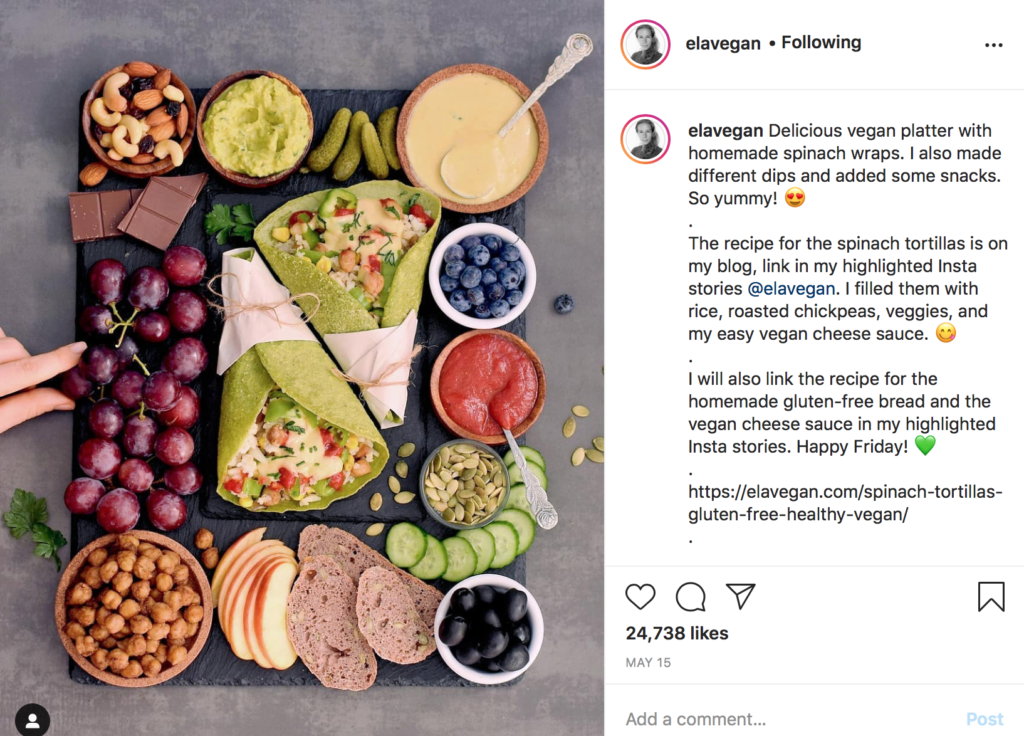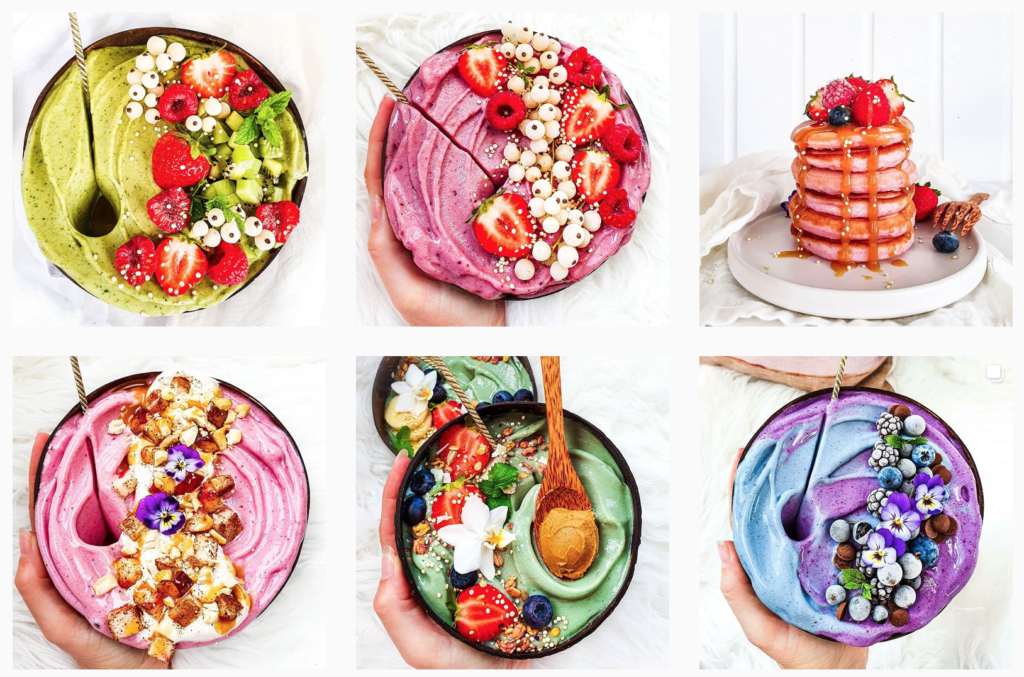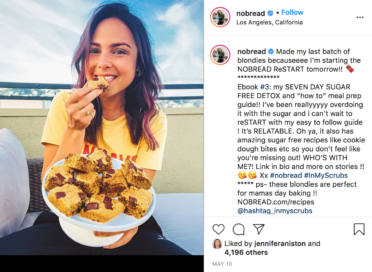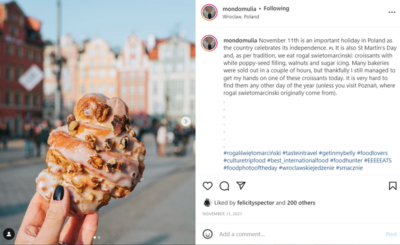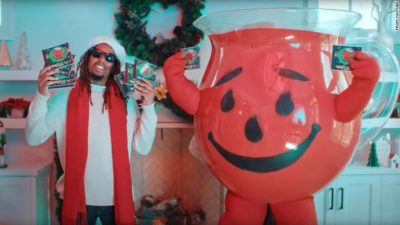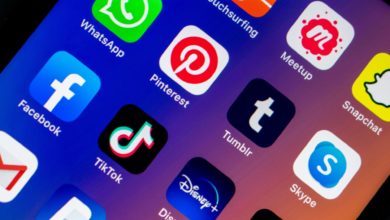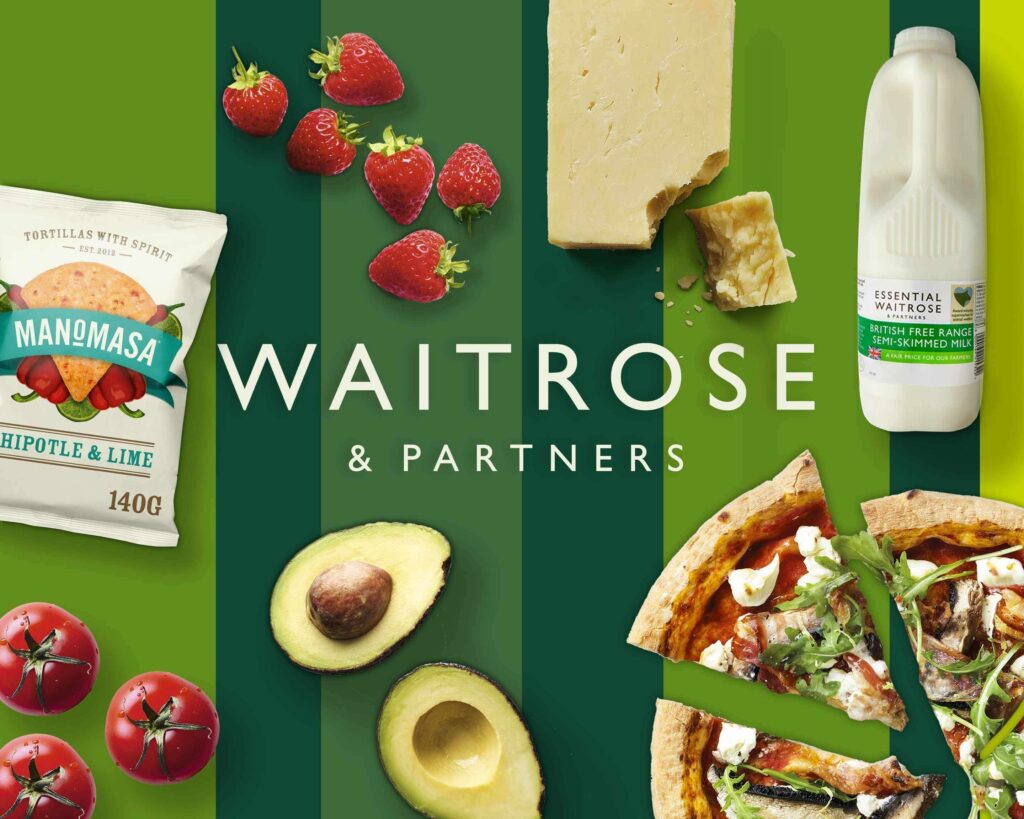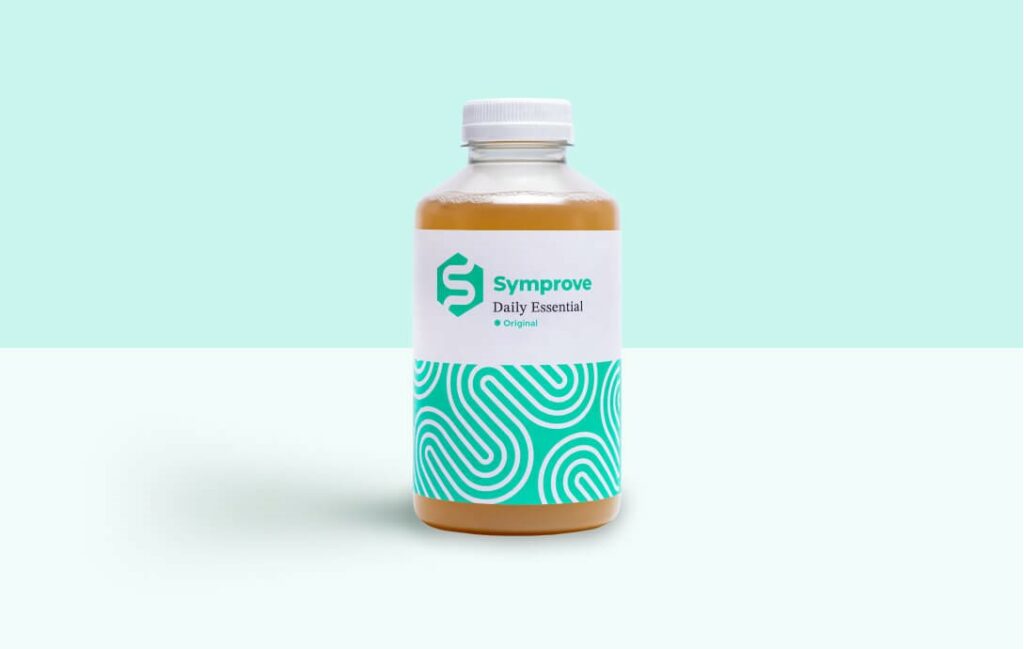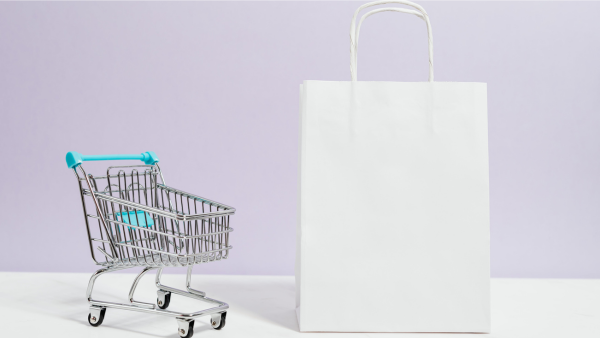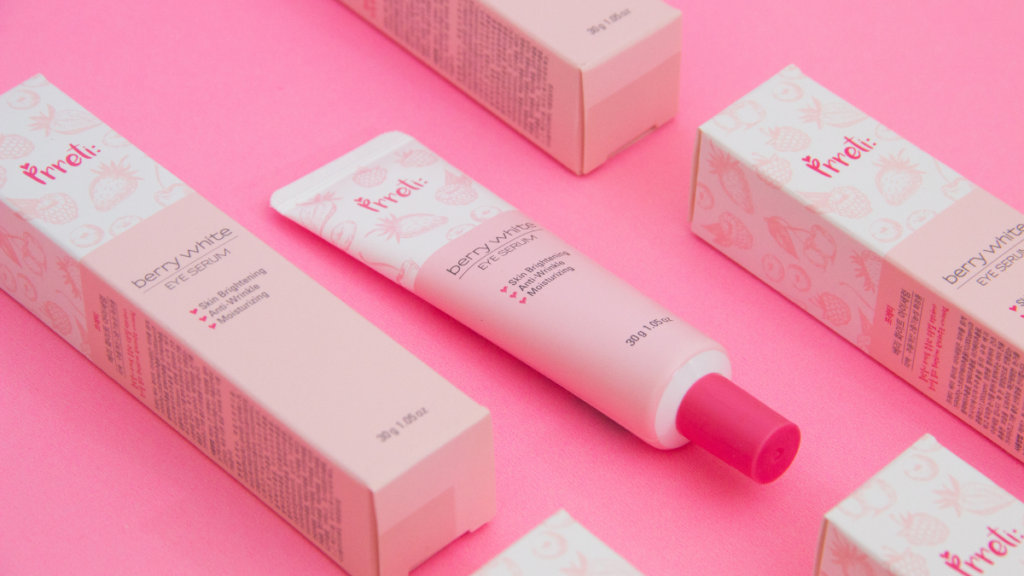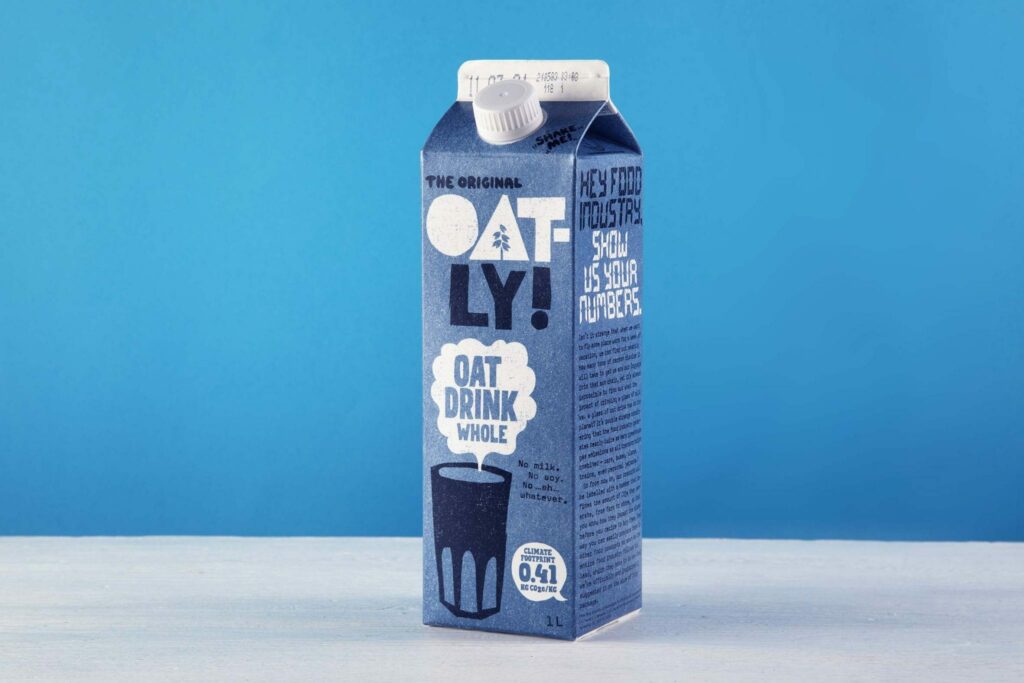Explainer videos can relay important information about your brand and provide customers with easily digestible content. And using a great explainer video company will ensure that you tell a short story to your audience that highlights your brand’s product or service in just one or two minutes.
How to Find the Best Explainer Video Company
Did you know that the average attention span is… oh look at that new meme… sorry, we were distracted. Now, where were we? Ah, yes, the average attention span is just eight seconds, down from 12 seconds 15 years ago. It tells you that we’re becoming more disengaged even though it’s easier than ever to access information. It’s no wonder that explainer videos are becoming so popular.
You don’t have much time to capture your audiences’ attention, and using an explainer video could be the difference between someone enquiring further about your brand or scuttling off to some other corner of the web. The faster you can get information across to your audience, the higher your chances of success.
But just what is an explainer video, how does it work and how do you find the best explainer video companies? In this guide, we’re covering everything there is to know about explainer videos for your brand.
What is an explainer video?
Explainer videos are short-form content and are typically used by sales and marketing teams to engage audiences. The videos contain information about a company’s product and service, breaking down the core concepts into easily digestible videos.
From the consumer’s point of view, explainer videos are appealing: they just need to click play and watch. Videos often feature on website homepages or landing pages and last for around one to two minutes, making them nice and easy to consume.
However, explainer videos aren’t limited to your website and can be used across social media, whether it’s on Facebook, Instagram or Twitter. A good explainer video company will be able to help you create a strategy for leveraging your explainer video in the most effective way.
Why you should use video explainers
User engagement is higher with videos than any other form of content and by 2022, videos will make up 82% of all internet traffic, so it’s an extremely fast growing medium. But explainer videos take things that one step further, breaking down vital information and relaying it in an easily digestible way.
Explainer videos are:
- Concise – You get all the information needed about a company in a short amount of time
- Value-adding – use customer testimonials, animated statistics and any other evidence for the benefits of your product or service like reviews or awards.
- Problem solvers – show how your company provides solutions to consumer problems with live actions.
- Personable – showing off your brand’s personality through an explainer video is easier than doing it with the written word.
- Creative – a short video lets you flex your creative chops, using animations, music and voice-overs to add life and colour.
- Flexible – your core explainer video may only be a couple of minutes, but you can add footage and tweak things to use it for other mediums. You can also update your explainer video at a later date without starting from scratch.
- Social media friendly – explainer videos don’t need to be rooted to your website or landing page; you can also use them across social media.
- Reminders – while the function of an explainer video is to attract new customers, they can also be used to remind established customers about your offering.
- Cost-effective – compared to longer videos, explainers are relatively more cost-effective.
- Show first-hand benefits – you can show off the benefits of your brand first hand through product demonstrations and short guides.
With so many plus points, explainer videos make sense for lots of brands, and the stats back this up: 95% of people have watched at least one explainer video to learn more about a product or service, and 56% believe that a company should have one on their website.
Different types of explainer videos
Not every explainer video is the same – some are animated, while others require live actors. Before hiring a video explainer company, first you need to decide on the type of content you want to implement in order to find the right option for your brand. Fortunately, there are plenty of options.
Animation
Animated videos are popular choices with many companies. It’s more affordable to use voice actors than hiring ones for live-action videos. Animations can also be affordable, especially if you’re using pre-designed characters and assets from stock libraries. However, if you want to take a more bespoke approach with unique designs, then you’ll need a bigger budget. Options for animated explainer videos include:
- 2D animation videos
- 3D animation videos
- Whiteboard animation
- Motion graphics or Infographics videos.
Live Action Explainer Videos
Using a live-action explainer video can be more immersive and relatable. In this approach, expect to use either a member of the team to talk about your product or make use of actors to demonstrate the product. If you feel that human touch is necessary to engage with your audience, then a live-action explainer video is a solid choice.
Typography
Sometimes all you need is words, especially when they come in the form of moving typography. Using some form of people or animations is generally preferred, but if you have a simple message to convey, implementing moving typography in your explainer video can be a successful option. It’s also potentially one of the more elegant options for a lower budget.
Screenshot videos
Screenshot videos are great if you already have customers and want to give them a tutorial for how your product or service works. They’re especially popular with software brands but can work across different mediums to provide an easy-to-follow guide for customers.
How to find the best explainer video companies
Now that you know about the effectiveness of explainer videos and the different types available, it’s time to decide how to make one. Most companies opt for a video explainer company to craft something that will resonate with their audience. However, there are many explainer video companies out there, which is why it’s important to know how to choose the right one.
Video explainers are short, which means you want to make every second count. Therefore, you should hire a professional company who knows how to craft a succinct message in just a couple of minutes.
Look at previous examples and which areas the company specialises. For example, some may be experts at animated videos but don’t have experience in live-action filming. And vice versa. Try and assess what they’re good at and where they excel, which you can do by seeing their previous work. It’s also a good idea to look at companies that specialise in your particular sector. If they understand your business and have case studies of working with similar companies, then it will make the entire process go much smoother.
It’s also important that you’re both on the same page. A video explainer ultimately works to increase your bottom line by attracting more customers, and any company that you work with should understand your core objectives.
Make sure that you create a very clear but simple 2-page briefing document that includes things like your objectives, key points of information to convey, creative styles you like including examples of other videos, your timeline and in an ideal world, your budget. Then gather at least 3 quotes from companies at similar budget bands so you are comparing apples with apples.
How much do explainer videos cost?
Many factors go into the costing of an explainer video, from length to style. A professional company will be able to break down the costs involved, especially as prices can vary. As a rule of thumb, the more content you need and the more ambitious the project, the higher the budget.
There’s a lot that goes into producing an explainer video and there are factors that you may not have considered. There are all the “must have” elements like script writing or storyboarding, filming and editing or animation. But your project may also require things like locations or a studio, actors and voiceover artists and additional crew members like makeup artists or specialist filming equipment. Because of all these variables, it’s no surprise there is also huge variation in cost. It’s not unheard of for someone to receive quotes ranging from a few thousand pounds up to £20,000 for the exact same project. That’s why it’s absolutely essential that you provide a very clear briefing document and a general expectation of budget.
Examples of explainer videos
Explainer videos vary in presentation, but they have one key concept: to explain, whether that’s a product, service or breaking down information. Here is a list of our favourite explainer videos that perfectly hit all the right notes, from style and presentation to conveying their message:
Slack
SafeDrive
Infabode
Shameless plug but here’s one of our own explainer videos that we really like.
Amazon
Tripcase
Explainer videos are a great way to emphasise your business offering while keeping things short and sweet. They can condense pages of information into just a few minutes of video while building up interest with potential customers.
No one likes having to explain things. Fortunately, a video explainer means you won’t have to, as it’ll do the job for you and convey an important message to your audience.
George Hughes is a former television Director and the Founder of video marketing agency Small Films. His company helps brands to communicate with a wider audience using strategic video content.
Want a professional hand in creating compelling, authoritative video content as part of your marketing? Get in touch today.
